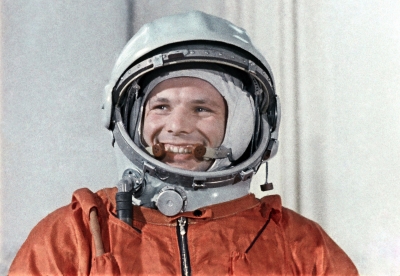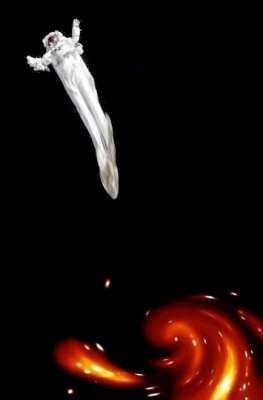What to know about China, UAE and US missions to Mars?

Taking advantage of a launch window in July, when Earth and Mars are favourably aligned, (which occurs every 26 months) three nations, the UAE, China and the U.S., launched their missions to Mars successfully.
Hope Probe from the United Arab Emirates is the Arab world’s first interplanetary mission. Launched from Japan, it began a seven-month journey to Mars. It will carry out a two-year survey of the weather on the red plant. It aims to shed light on the long-standing mystery of how Mars lost much of its early atmosphere and liquid water.
The Chinese Mars probe, named Tianwen 1, will orbit the red planet looking for comprehensive information. It will land on the Martian soil and send a rover to roam the landing site. It will conduct scientific investigations into the planet’s soil, geological structure, environment, atmosphere and water.
NASA’ Mars 2020 Perseverance Rover is expected to reach the red planet in February next year. It will spend at least one Mars year (about 687 Earth days) on the planet, seeking signs of ancient life and collecting rock and soil samples for possible return to Earth.
Picture Credit : Google













